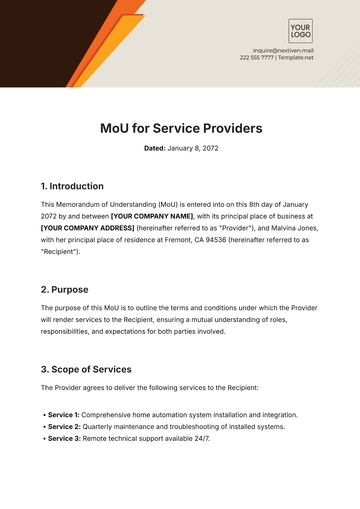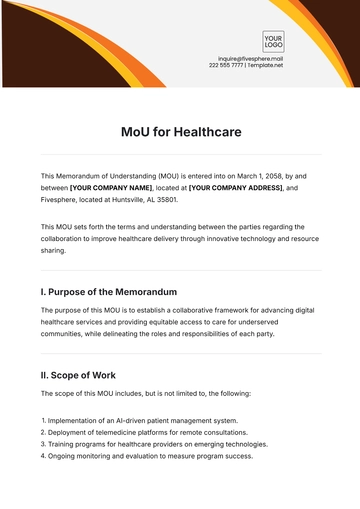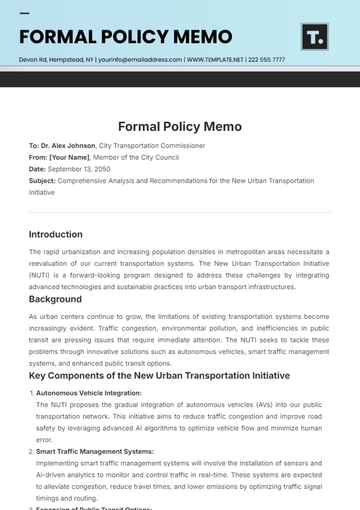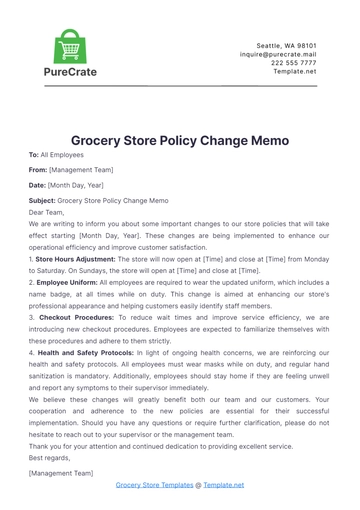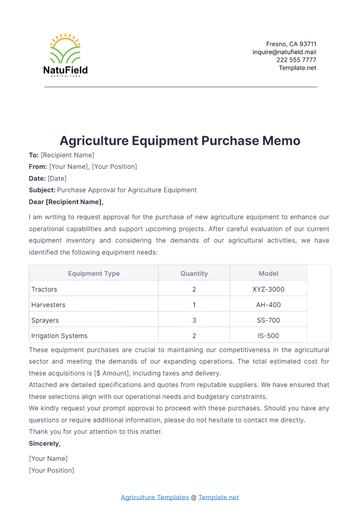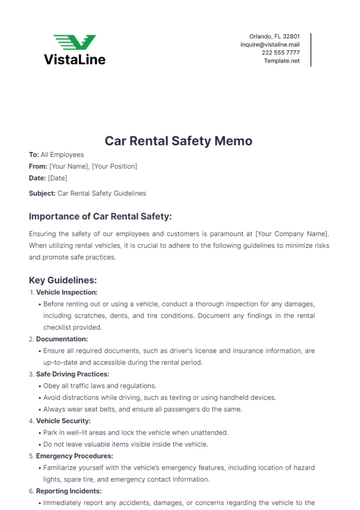Free Environmental Law Memo

To: John Doe, Environmental Policy Director
From: [Your Name], [Your Title]
DATE: October 10, 2050
SUBJECT: Analysis of Environmental Laws and Regulations About Plastic Pollution
I. Introduction
This memorandum provides a comprehensive analysis of the relevant environmental laws and regulations as they relate to plastic pollution in the United States. The purpose of this document is to outline the legal framework, assess potential implications, and offer recommendations based on the findings.
II. Background
Plastic pollution has emerged as a significant environmental issue, impacting marine ecosystems, wildlife, and human health. Recent studies indicate that millions of tons of plastic enter the oceans annually, necessitating urgent regulatory measures. Key stakeholders include federal and state regulatory agencies, environmental advocacy groups, manufacturers, and the public. This memo aims to explore the current legal landscape governing plastic pollution and its enforcement mechanisms.
III. Relevant Environmental Law and Regulations
Federal Laws
Resource Conservation and Recovery Act (RCRA): This federal law regulates the management of solid and hazardous waste, including plastic waste. It establishes guidelines for the safe disposal and recycling of plastics and imposes liability on producers and municipalities for waste management practices.
Clean Water Act (CWA): The CWA aims to restore and maintain the integrity of the nation’s waters by preventing pollution. Plastic debris in waterways can violate this act, leading to enforcement actions against entities responsible for pollution.
State Laws
California Plastic Pollution Reduction Act: This state law mandates significant reductions in single-use plastics and promotes recycling and composting. It also sets specific targets for reducing plastic waste by a defined timeline, positioning California as a leader in plastic regulation.
New York Plastic Bag Waste Reduction Act: This law prohibits the distribution of single-use plastic bags by retailers, requiring them to offer reusable or paper bags instead. It aims to decrease plastic waste in the environment significantly.
Local Ordinances
City of San Francisco Plastic Reduction Ordinance: This ordinance restricts the use of certain plastic products, such as straws and utensils, in city businesses. It serves as a model for other municipalities aiming to combat plastic pollution at the local level.
IV. Analysis
The application of these laws to plastic pollution reveals several key issues. The RCRA emphasizes the need for effective waste management practices, which may result in stricter regulations for producers of plastic products. Additionally, recent case law under the CWA has seen courts enforcing penalties against companies for plastic debris contributing to water pollution. Notably, the case of California v. Texas highlighted the legal responsibilities of companies under environmental statutes when their products enter public waters.
V. Potential Impacts and Implications
The implications of these regulations are multifaceted. Stricter enforcement of plastic waste management can lead to increased operational costs for manufacturers but may also spur innovation in sustainable materials. Environmental advocacy groups may benefit from enhanced regulations, but there could be pushback from industries reliant on plastic products. Legal challenges may arise as companies seek to contest new regulations or penalties, potentially creating a contentious legal environment.
VI. Recommendations
Enhance Compliance Programs: Companies should develop robust compliance programs to ensure adherence to federal and state regulations on plastic waste management.
Invest in Sustainable Alternatives: Manufacturers should explore sustainable alternatives to single-use plastics to mitigate potential legal and market risks associated with plastic pollution.
Engage with Stakeholders: It is essential to engage with environmental groups and policymakers to advocate for balanced regulations that address pollution without stifling economic growth.
VII. Conclusion
In summary, the analysis of environmental laws and regulations surrounding plastic pollution highlights the complexity of the legal landscape. Stakeholders must navigate these laws carefully to ensure compliance and minimize risks while addressing the pressing issue of plastic waste in the environment.
VIII. References
Resource Conservation and Recovery Act, 42 U.S.C. § 6901 et seq.
Clean Water Act, 33 U.S.C. § 1251 et seq.
California Plastic Pollution Reduction Act (2051).
New York Plastic Bag Waste Reduction Act (2050).
City of San Francisco Plastic Reduction Ordinance (2052).
California v. Texas, No. 19-1019 (U.S. 2050).
- 100% Customizable, free editor
- Access 1 Million+ Templates, photo’s & graphics
- Download or share as a template
- Click and replace photos, graphics, text, backgrounds
- Resize, crop, AI write & more
- Access advanced editor
